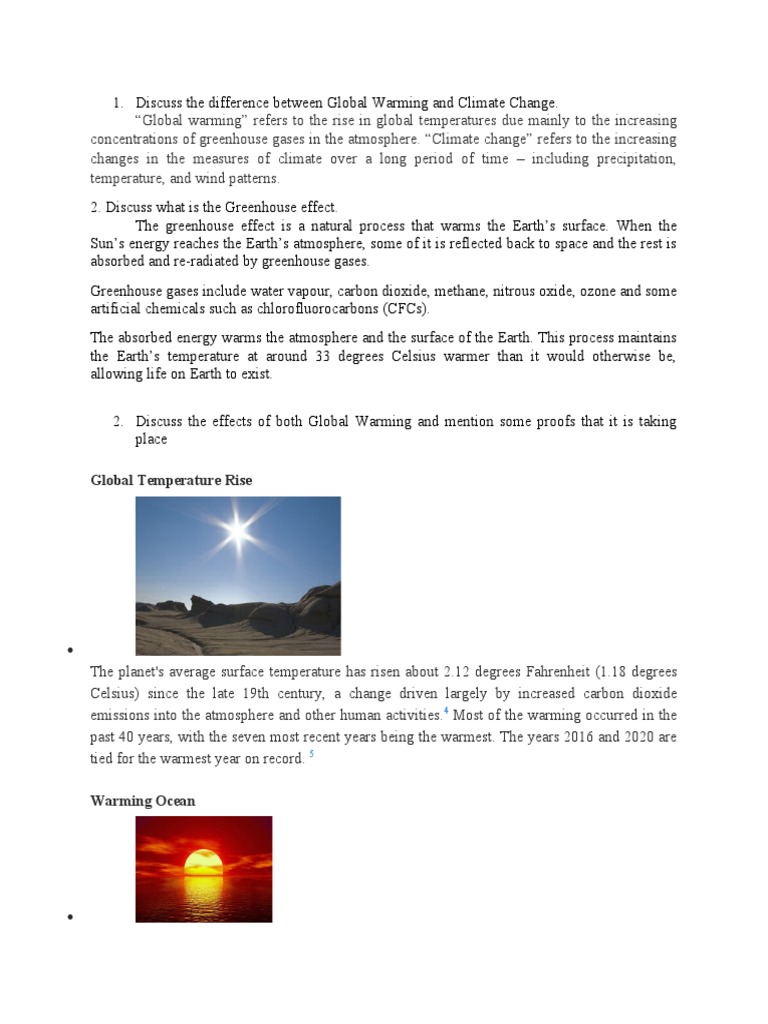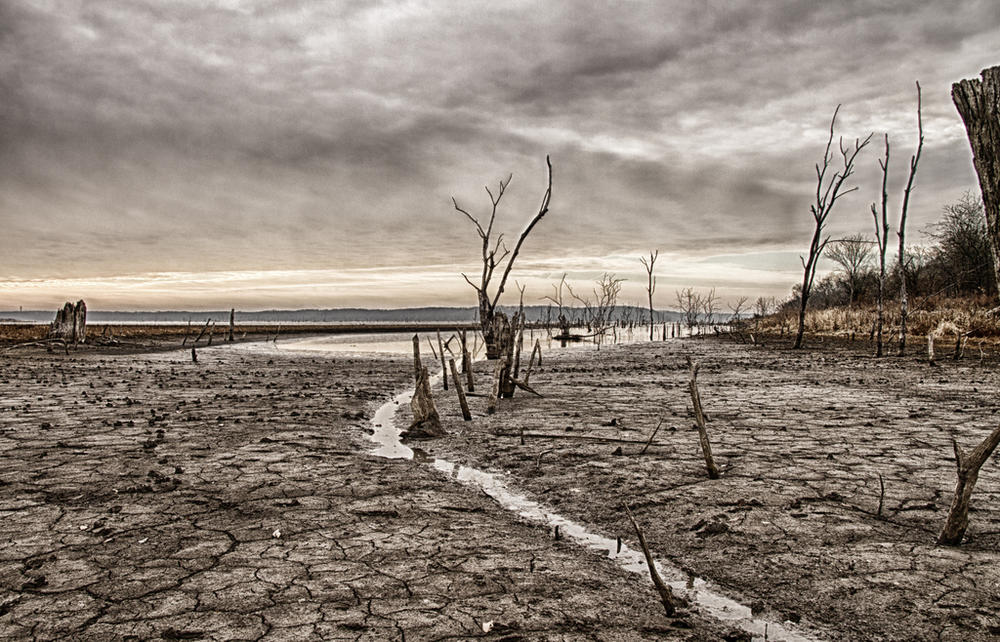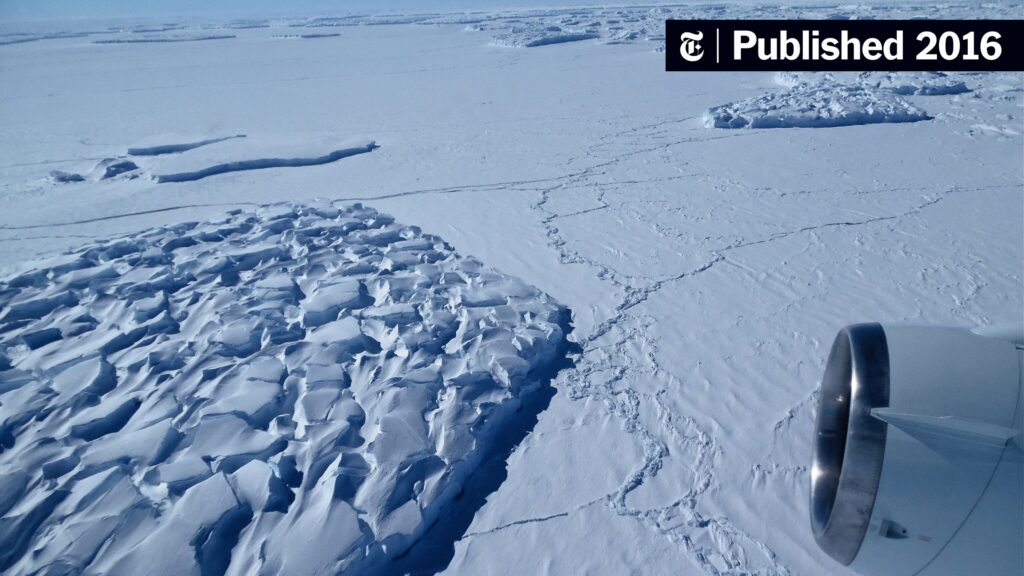The world often hears the terms “climate change” and “global warming” used interchangeably. However, understanding the nuances between the two is crucial to grasping the broader implications of environmental shifts we observe today. As global citizens, comprehending these concepts deepens our awareness and responsibility toward the planet. Let’s delve into the distinctions that separate these two significant phenomena.
Global warming, in essence, is a specific aspect of climate change. It refers explicitly to the long-term increase in Earth’s average surface temperature due to human-made emissions of greenhouse gases. This rise in temperature is primarily caused by activities such as burning fossil fuels, deforestation, and industrial processes that elevate levels of carbon dioxide (CO2), methane (CH4), and other greenhouse gases in the atmosphere. These gases trap heat from the sun, leading to what scientists term the “greenhouse effect.” The ramifications of global warming are evident in an array of environmental changes, from rising sea levels to more intense and frequent weather events.
In contrast, climate change encompasses a broader spectrum of changes in climate patterns—not just those driven by human activity. While global warming is indeed a driver of climate change, this term also includes developments such as shifts in precipitation patterns, ocean acidification, changes in wind patterns, and variations in the frequency and intensity of natural disasters. Climate change can be influenced by natural phenomena, such as volcanic eruptions or solar radiation variations, as well as by anthropogenic factors.
The distinction, therefore, lies in the scale and scope of each concept. Global warming primarily focuses on temperature increases, while climate change encapsulates a wider array of alterations in the Earth’s climatic systems.
Exploring the repercussions of these phenomena reveals stark differences in both immediate and future implications.
As global temperatures ascend, the consequences are immediate and alarming. Increased thermal energy results in the melting of ice caps and glaciers, contributing to rising sea levels that threaten coastal communities. This phenomenon has already displaced low-lying island nations and is prompting urgent calls to adapt urban planning to accommodate prospective flooding.
Climate change, with its broader implications, brings a tapestry of challenges. Adjustments in rainfall patterns can lead to severe droughts in some regions while causing destructive floods in others. Agricultural systems are under siege as crop viability diminishes and pests migrate to new areas due to changing temperatures. This has implications not only for food security but for economies reliant on agriculture.
Another area of concern is the escalation of extreme weather events. Governments across the globe have observed a concerning rise in hurricanes, tornadoes, and heatwaves attributed to both climate change and the warming atmosphere. The insurance industry is beginning to recognize the financial burden these events impose, leading to increased premiums for vulnerable homeowners and businesses.
Discerning between global warming and climate change also helps in framing effective policy responses. The global community has responded with diverse international treaties aimed at curbing greenhouse gas emissions, such as the Paris Agreement. This accord seeks to limit global warming to well below 2 degrees Celsius above pre-industrial levels, primarily focusing on human-induced changes in greenhouse gas concentrations. In contrast, climate change discussions might gravitate toward broader adaptation strategies, embracing wildlife conservation, sustainable development, and disaster preparedness.
Both concepts embody critical yet distinct challenges. Acknowledging them separately allows governments, organizations, and individuals to tailor their responses, allocating resources and designing initiatives that effectively address the nuanced interplay of both phenomena.
The language of climate science can often appear daunting. Nonetheless, grasping the distinctions between climate change and global warming holds immense value in community action and advocacy. Enhanced awareness fosters informed discussions, facilitating grassroot movements advocating for sustainable policies and practices. Whether engaging in local initiatives or global campaigns, understanding the specificities of climate imperatives enables citizens to become more formidable advocates for change.
In the face of overwhelming evidence pointing to the reality of global warming and climate change, a sense of urgency pervades the discourse. However, as debates unfold, muddled terminology often clouds public comprehension. By promoting clarity in language, we can galvanize public support and stimulate engagement toward sustainable changes.
Promoting sustainable practices becomes imperative in mitigating the consequences of both global warming and climate change. Every action counts—from individual choices, such as reducing energy consumption and opting for renewable resources, to collective agreements that enforce stricter regulations on emissions. The more informed the populace is regarding these concepts, the more effectively they can tackle the multifaceted challenges posed by climate-related issues.
In conclusion, while global warming and climate change share a symbiotic relationship, they refer to different yet interrelated phenomena. Both are critical to understanding the challenges confronting our planet today and for shaping future environmental policies. The fight against climate degradation requires not only recognition of these terms but also a commitment to meaningful action at every level of society.



